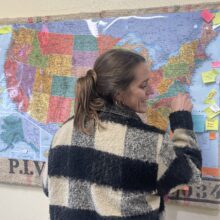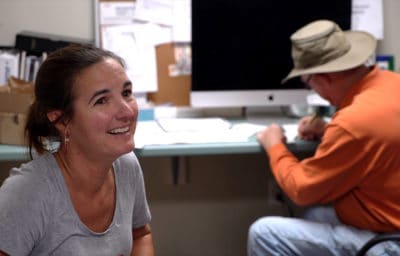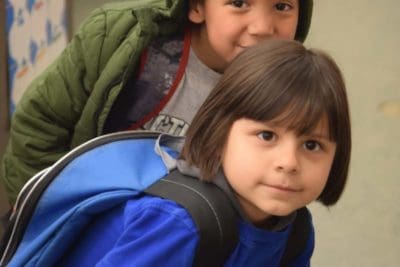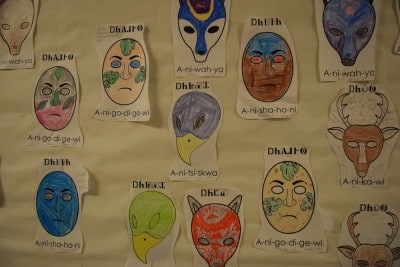The Qualla Boundary sits nestled in the western mountain region of North Carolina. A little more than 56,000 acres, it is the sovereign nation of the Eastern Band of the Cherokee Indian (EBCI). The Boundary includes parts of Graham, Jackson, Haywood, Swain, and Cherokee counties, and serves as a destination in itself, as well as a gateway to the Great Smoky Mountain National Park.
The Boundary is home to pristine rivers, waterfalls, mountains, and forests, attracting tourists from around the country. With the COVID-19 pandemic cancelling many Americans’ travel plans, it seems domestic vacation destinations, especially places with outdoor activities, have seen a flood of visitors.


Jackson, Wyoming, which serves similarly as an entry to Grand Teton and Yellowstone National Park, has had record numbers of tourists this summer. The influx of visitors from hot spot states has increased their local number of COVID-19 cases. The EBCI and the Qualla Boundary could have fallen into similar circumstances, but they didn’t.
Even though the National Park Service has reported the highest number of June visitors in the Great Smoky Mountains since 1979, the EBCI has kept their COVID-19 case numbers low. Cases do continue to rise, however it is at snails pace in comparison to other popular tourist destinations.


How did the EBCI react to the threat of this pandemic? How has it impacted those who live on the Boundary and what does that mean for the tribe’s school, Cherokee Central?
Like everyone, Cherokee Central School has not been immune to drastic change. They opted for plan C, or starting the school year with remote learning only. Jennifer Martens, an instructional coach at Cherokee Central, hopes parents can see the measures they are taking fall in line with the mission of the EBCI — to preserve its culture and protect its people. What does that mean in terms of education?
“This year, that means we’re ensuring that your child will be safe, we’re ensuring that your child will be cared for, and we will take every precaution necessary … to ensure the survival of a nation.”
Jennifer Martens, instructional coach at Cherokee Central Elementary
Closing the Boundary
On Monday, March 23, 2020, Principal Chief Richard Sneed closed the Qualla Boundary to all non-residents. This executive order also shut down all non-essential businesses and issued a stay at home order. The Boundary remained closed until May 22.
Prior to this executive order, Cherokee Central Schools decided to close down in-person instruction. Yona Wade, director of community affairs at Cherokee Central, says they are fortunate to have a lot of flexibility because they can govern themselves. It is because of this flexibility the school already had a plan in place and sent engagement packets home with students the day before Gov. Roy Cooper made the decision to close schools statewide.
The executive order to close the Boundary, as well as widespread non-referral testing and effective contact tracing, allowed the EBCI to keep positive case numbers low. Timing and testing were key. As stated in this piece, How Our Indian Country Flattened the Curve, on March 15, the tribe moved forward with mass testing. While North Carolinians had trouble finding tests and proving they qualified for one, those on the Boundary or identifying as EBCI were able to get tested.
The tribe partnered with a regional health nonprofit to bring in personal protective equipment and help implement testing protocols. The EBCI was able to move quicker and more swiftly than most communities with a multitude of preventative measures. This has no doubt saved lives.
As of August 24, EBCI reports a total of 156 positive COVID-19 cases with three deaths. They have stayed in the 2%-4% range for positive tests since July. As of August 26, North Carolina has had 158,985 COVID-19 positive cases, with 2,570 deaths. The state sits at a 7.5% positive test rate.
Protecting each other
It is easy to see the precedent set by the tribe when driving down Tsali Boulevard. Painted bear statues don masks and yard signs along the sidewalk encourage people to “protect our elders, protect each other.”

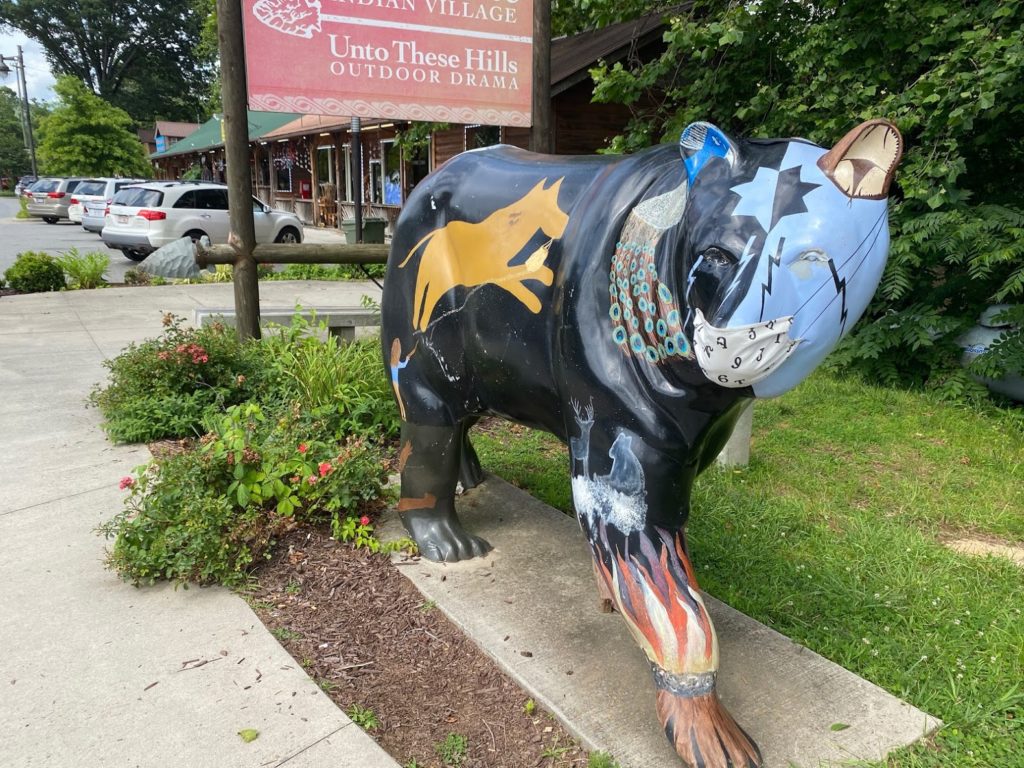

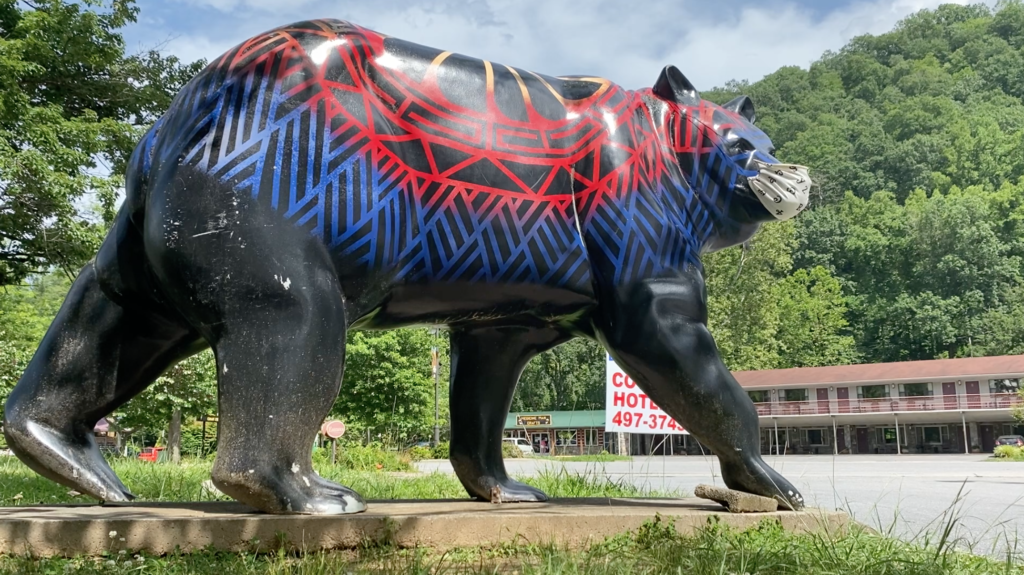

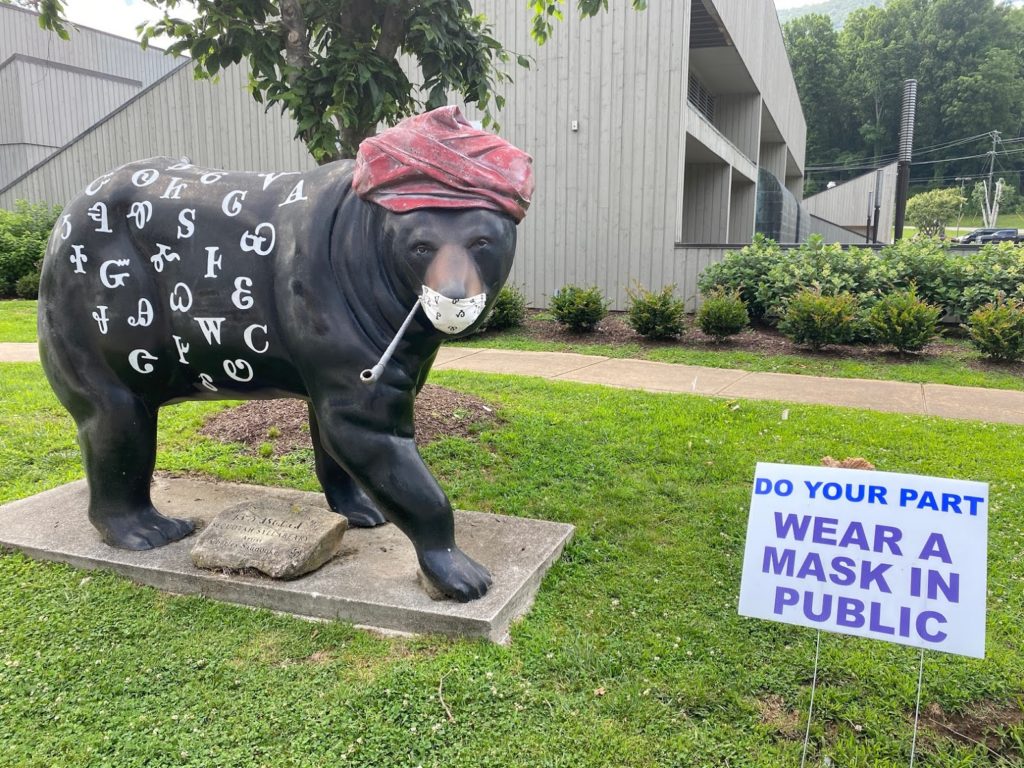
Painted bears wearing masks on the Qualla Boundary. Caroline Parker/EducationNC
Keyonna Owle believes the tribe has done a great job at communicating and trying to do what’s best for the community. She works at the casino as a tribal liaison for the Tribal Casino Gaming Enterprise board of advisors, sits on the board of trustees for the language immersion academy, ᏣᎳᎩ ᏧᎾᏕᎶᏆᏍᏗ, is involved with a parent advisory committee at Cherokee Central, and has three kids in school.
She and her husband will juggle the responsibility of helping with online instruction, but Owle admits she doesn’t exactly know what that is going to look like for this year.
“There’s going to be a lot of challenges for sure,” she said. She is planning to work from home two days a week, and then switch with her husband as they will most likely monitor online instruction with their two youngest children. Her third-grader goes to Cherokee Central Elementary and her kindergartner attends ᏣᎳᎩ ᏧᎾᏕᎶᏆᏍᏗ.
Owle is navigating, along with other parents, the pangs of Google Classrooms, time-sensitive passwords, and back-and-forth communication with teachers — and that was just prior to the start of school.
She says, “I think at this point, if you haven’t learned to be flexible, and just roll with it, like, what are you taking out of this?”
Plan C, for now
Cherokee Central Schools have been in-session and online since August 19. The tribe, school board, Chief, and Vice Chief are all behind the decision to start with plan C, says Superintendent Mike Murray.
“Unlike across the nation, it is not a debate here,” he said of adhering to the CDC’s COVID-19 guidelines.
“I’m very proud of our board, thinking about the safety of everyone. I’m also very proud of the resources that we have leveraged in order to pull this off.”
Superintendent Mike Murray, Cherokee Central Schools
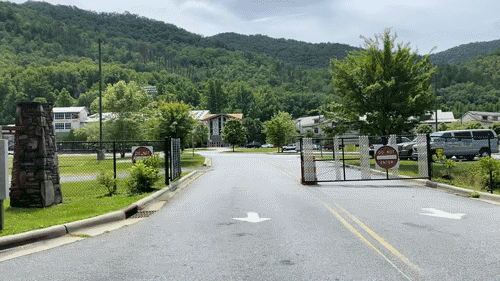

Those resources include many things. The school provided tablets to pre-K and kindergarten students, and laptops to first through 12th grade students. Google Classroom is their primary learning management system, and teachers have instructional facilitators who educate them on using it for remote learning. These instructional facilitators are uploading students to programs, creating how-to videos for parents who may not be tech savvy, helping educators rethink lesson plans for the virtual classroom, and more.
They purchased a district account of Edpuzzle, Kami, and Achieve3000, all to help teachers create, organize, and support students in the new world of virtual instruction.
“We spent a good bit of the summer putting together professional development to incorporate what would remote learning look like,” says Chris Wilmoth, the English language arts instructional coach, “but also what we want teaching to look like.”
As with a lot of places, but especially those described as rural, there are issues of internet connectivity. Mountains and hollers make it difficult for some communities to connect. The school has hot spots available for families to check out, and there is fiber internet that many can connect to, but you have to be in the right location.
“We’re truly going to use this opportunity to do something that a lot of us have wanted to see done a long time, and that’s push out our connectivity out in the communities.”
Superintendent Mike Murray, Cherokee Central Schools
According to Cherokee One Feather, on August 18, the Office of Information Technology and Cherokee Broadband announced that Wi-Fi was being placed at community clubs across the Boundary for families who need more reliable internet access. Increasing access to broadband will help students and families be more successful under plan C.
If Cherokee Central Schools has a motto this year, says Assistant Superintendent Beverly Payne, it is “flexibility, grace, and space.” They know students are going to have trouble connecting, and teachers may have to put everything on a flash drive and do deliveries and pickups.
All of this preparation is to create a “robust and rigorous remote learning experience,” says Payne. Central Cherokee School is in a unique position to deliver that, along with the message of protecting one another. The tribe and school have taken precautions from the beginning of the pandemic to continue preserving the legacy of their nation.
